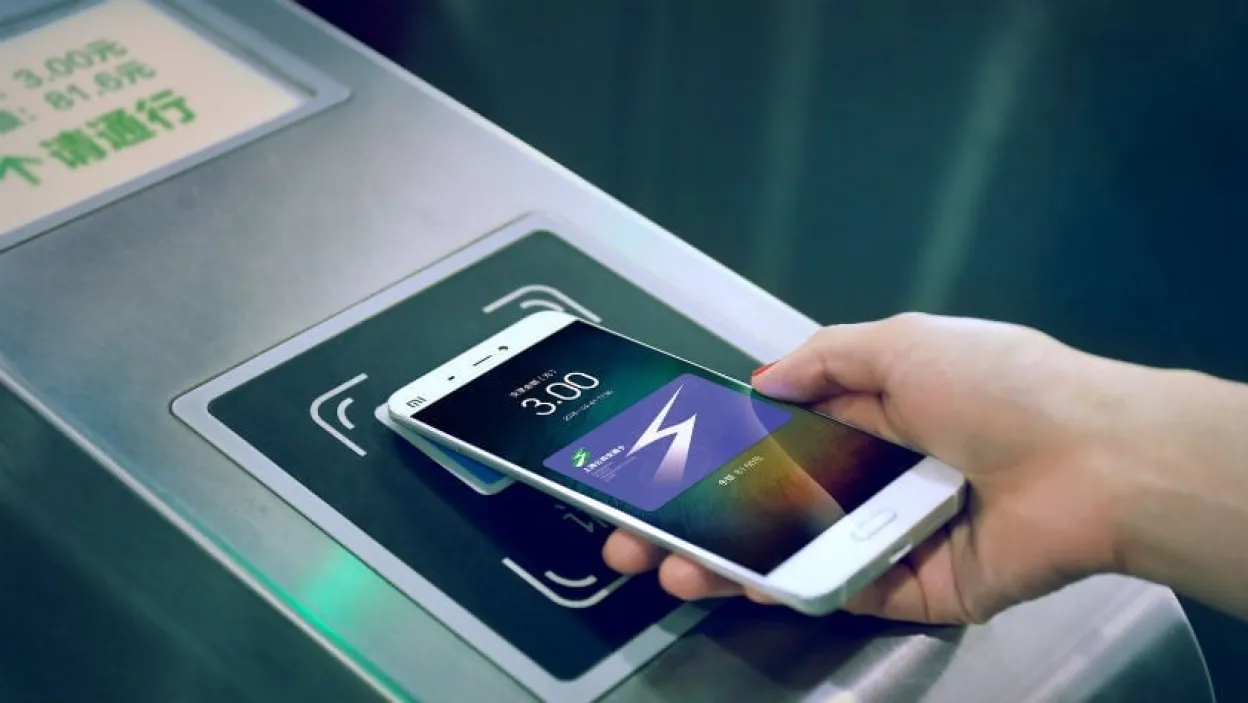Cross-border is one of the most exciting and complex ways for eCommerce merchants to grow their business. In fact, almost all online merchants I work with want to grow faster in the right markets. To help them build their strategies, I always recommend taking several trends and key elements into account:
Disappearing cash and new opportunities
Understanding the landscape and knowing where opportunities lie are the starting points for building a good expansion strategy. Last year, retail eCommerce sales accounted for over 7% of the total retail market worldwide and were worth $1.7 trillion. By 2019, it is expected to more than double to roughly $3.6 trillion. eCommerce is booming, and this is a great time for merchants to expand internationally.
The overall trend across the globe is moving from cash to electronic payments. A recent Gallup survey points out that the use of cash in the U.S. has declined. Today, Americans make about 24 percent of their purchases in cash compared to 26 percent five years ago. The decline in the use of cash can be seen in other regions as well. For example, South Korea’s Central Bank is planning for a cashless society by 2020, and 90% of adults in Kenya move money or make purchases via text and without bank accounts. Visa has also introduced an initiative called the Cashless Challenge in the U.S. that will incentivize small merchants to move away from cash payments and towards mobile-based payments.
Based on our data, cross-border eCommerce is growing two to three times faster than domestic eCommerce, and consumers are increasingly looking to buy products directly from international sources if they can’t find what they want locally. This is great news for merchants who want to grow their business. That said, cross-border trade brings its own unique set of complexities. Regulations (recently on interchange fees and Payment Security Directive 2 - PSD2), and the gradual elimination of cash from points-of-sale are vital developments for businesses to consider. But what does all of this mean for online merchants who want to expand cross-border?
Trust first: Offer globally and pay locally
A global offering can have a huge appeal, but it’s not enough. Ultimately, consumers want to know that their money is secure before completing their transactions. When confidence drops, that’s when shopping carts are abandoned. Offering payment methods that are common and trusted in local markets will help your customers feel safe and increase your conversion rates. Technology has led consumers to expect fast and easy transactions across all channels and geographies, and the consumer experience is key.
Businesses need to take local payment cultures and preferences into account. In Canada and the US, consumers predominately use credit and debit cards, followed by PayPal. But in Russia, Qiwi, Yandex and WebMoney eWallets are more commonly used instead of international cards. In China, people prefer to pay with Alipay's eWallet or their local card scheme, China UnionPay. And in Brazil, most consumers are used to financing their purchases by paying in installments, while Boletos Bancario are one of the most popular payment methods used by both bank and unbanked consumers. To be sure, understanding market and consumer dynamics before entering will increase the chance of a successful expansion.
When localizing the experience, merchants need to customize their offer to consumers, and they also need to understand local regulatory requirements to ensure they are optimizing operations and costs. On top of all of that, merchants must also balance convenience and speed with security to minimize the potential for fraud.
Looking ahead: Omni-channel and Social eCommerce
In eCommerce and FinTech circles, we talk a lot about the omni-channel future. Ultimately, this means a seamless and fully-integrated customer experience. But it also lends itself to understanding how consumers interact with brands across all channels. eCommerce merchants who gather comprehensive data from various touchpoints and truly understand their customers’ preferences and behaviors are in a better position to create a more personalized offering and targeted loyalty solutions.
As millennials are becoming the most influential consumers in the digital space, eCommerce is increasingly influenced by their ability and desire to share information and voice their opinions. Social and online recommendations further emphasize the significance of smooth customer transactions and are critical for the overall brand experience. Already, 56% of consumers follow brands on social media to view products, and 33% of shoppers use social media to browse for potential purchases. While still in its infancy, there is no doubt that social commerce, or connected commerce, will become a major driver of payments.
Five points to remember
In choosing the right payments partner, look for one whose knowledge extends beyond ‘today’ and who is able to help your company grow at the remarkable pace of eCommerce. And especially when expanding cross-border, make sure you understand and select a strong global partner who can help you with the following:
- Preferred payment methods in every market to generate consumer trust and ease-of-use;
- Local regulatory requirements that have an impact on cross-border sales;
- Regional trends that meet customer expectations;
- Customer shopping habits and experiences across devices and geographies;
- The omni-channel and social eCommerce future.
In summary, a successful cross-border strategy is not just about providing the best products and services! Wonderful products that are hard to buy, or shopping cart experiences that don’t inspire confidence will likely be abandoned, and those customers will be lost. Successful expansion strategies focus on the elements that make everything seamless for the customer - so easy, that they don't even think about it and are only looking forward to receiving their purchase.
Regina Lau is the Chief Strategy Officer at Ingenico ePayments










